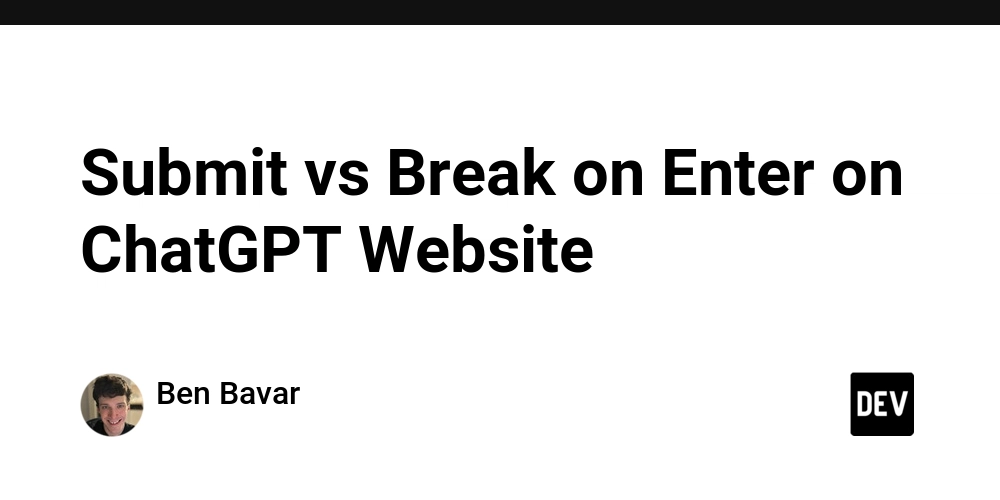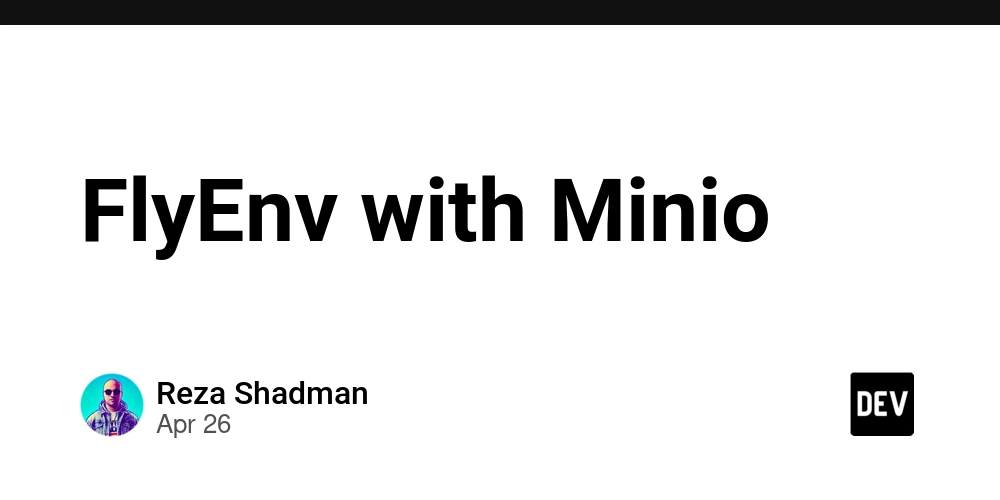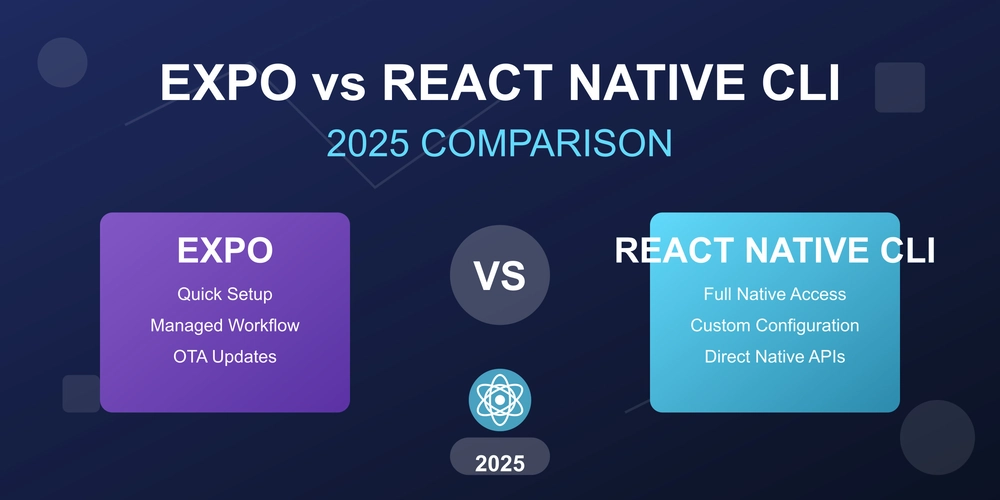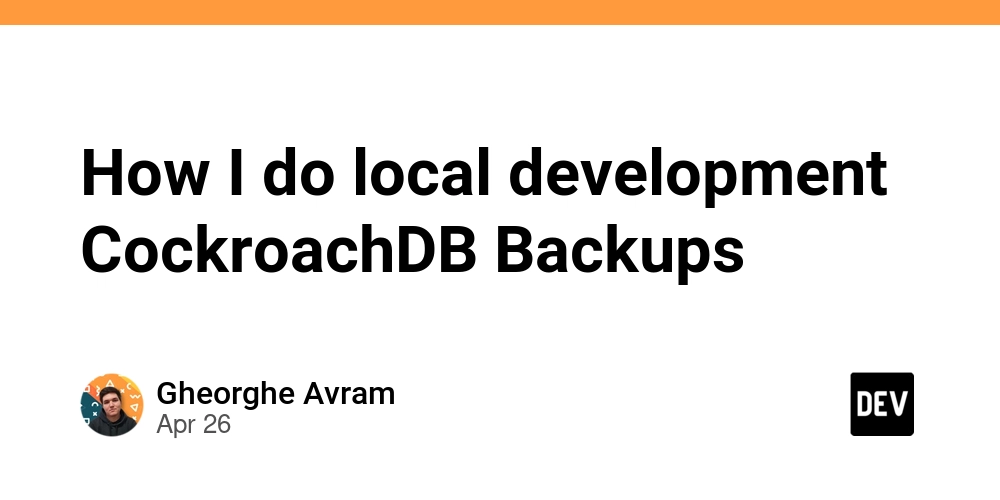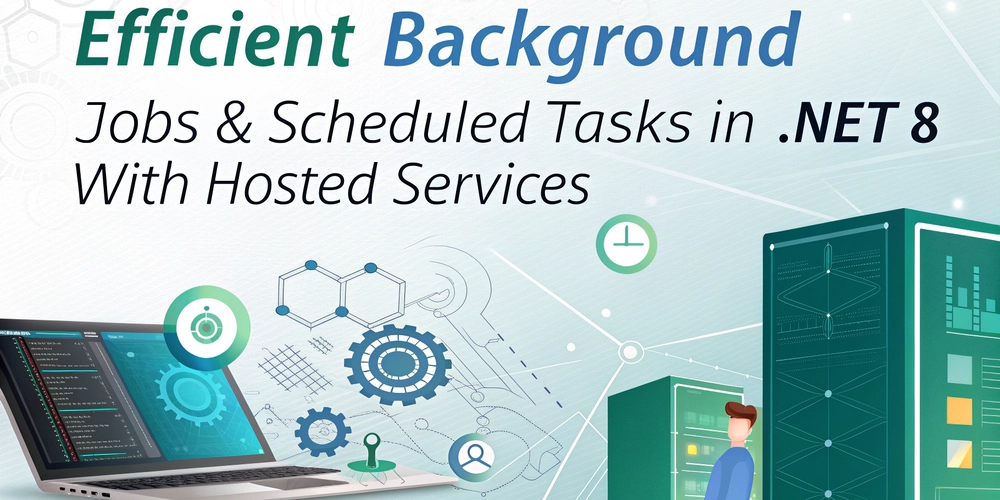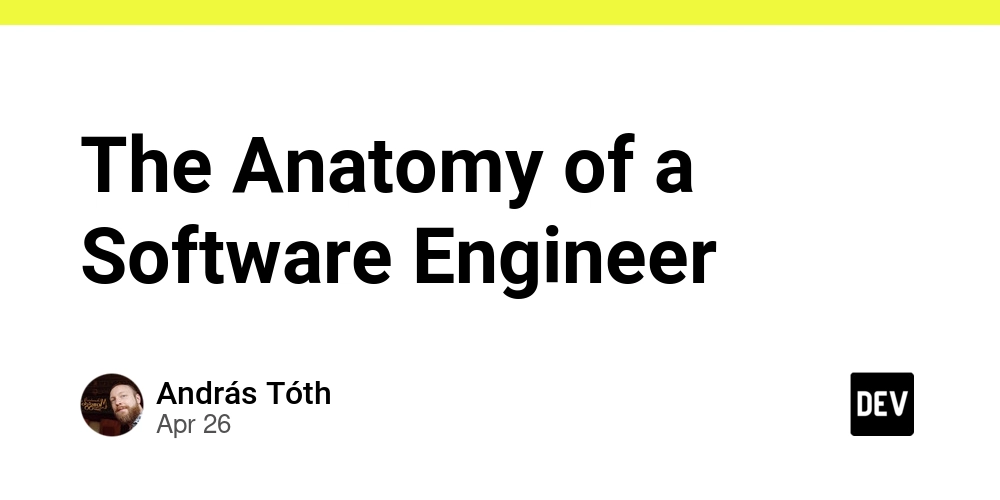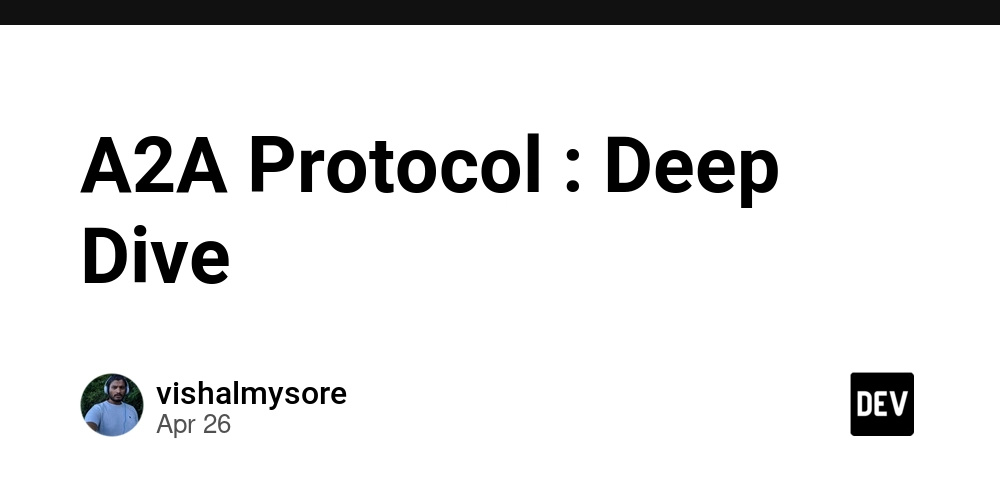
Demystifying Solana: How to Decode On-Chain Accounts with JavaScript
Ever wondered how Solana stores account data on-chain? Want to dive deeper than using pre-built libraries? This guide breaks down the process of manually decoding a Solana account using JavaScript, giving you a fundamental understanding of Solana's memory layout.
No Anchor client, no fancy libraries – just plain JavaScript, Buffer, and raw byte parsing. Let's get started!
What You'll Learn
- The structure of Solana accounts in memory.
- How to fetch account data from Solana using
web3.js. - How to parse raw bytes to extract meaningful information.
- How to manually decode account data with JavaScript.
Understanding Solana Account Structure: A Deep Dive
On Solana, accounts are stored as a flat sequence of bytes in memory. Imagine you have a Rust struct like this:
This MyAccount struct translates into 48 bytes of data on the Solana blockchain. Let's break down the anatomy of Solana account data:
| Bytes Range | Content | Size |
|---|---|---|
| 0..8 | Discriminator | 8 bytes |
| 8..40 | Authority Pubkey | 32 bytes |
| 40..48 | Value (u64) | 8 bytes |
Key Takeaways:
- Order Matters: Fields are serialized in the order they’re defined. Changing the field order can break compatibility with older accounts.
- No Gaps: Data is packed tightly without any padding for alignment.
- Discriminator: The first 8 bytes act as a unique identifier, preventing accidental deserialization of incorrect data types.
Fetching Account Data with web3.js
Before decoding, you need to fetch the account data from the Solana blockchain. Here's how to do it using web3.js:
This code snippet establishes a connection to the Solana network, fetches the account information for a given PublicKey, and stores the raw account data in the data variable as a Buffer.
Decoding Solana Account Data: Step-by-Step
With the raw account data in hand, it's time to decode it! Here's the JavaScript code to parse the MyAccount struct:
Here's what's happening:
- Slicing the Buffer: The
slice()method extracts the relevant byte ranges for theauthorityandvaluefields. - Parsing the Pubkey: The
authorityBytesare used to create aPublicKeyobject. - Parsing the u64 Value: The
valueBytesare interpreted as a little-endian unsigned 64-bit integer usingreadBigUInt64LE().
Complete Code Example: Fetch and Decode a Solana Account
Replace 'YOUR_ACCOUNT_ADDRESS' with a real Solana account address to see the code in action.
Why is this important?
Understanding how to decode Solana on-chain accounts manually gives you valuable insight into how Solana works under the hood. You can use this knowledge to:
- Debug smart contracts.
- Analyze on-chain data.
- Build custom tools and applications.
- Gain a deeper appreciation for the Solana blockchain.
By mastering the fundamentals of decoding Solana accounts with JavaScript, you unlock a new level of control and understanding within the Solana ecosystem. So, dive in, experiment, and start exploring the world of on-chain data! You'll be able to analyze Solana transaction data programmatically!
This knowledge is especially helpful for inspecting Solana program account data without relying on external tools.






